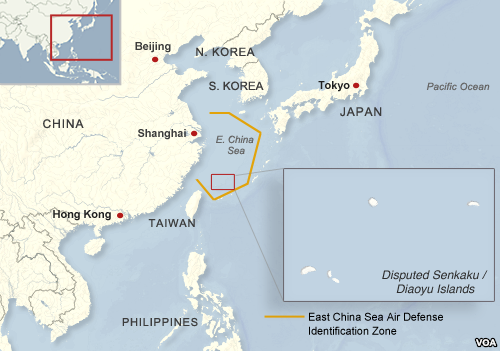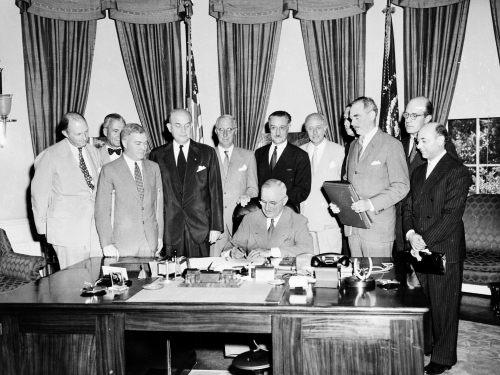
This article was originally published by USAPP, a blog on American politics and policy run by the London School of Economics and Political Science (LSE).
Political scientists have long identified a paradox in the immigration policies of wealthy Western countries. Although governments typically condemn irregular migration, assuring their electorates that they are working hard to stem any ‘illegal flows’, they often tolerate the entry and residence of substantial numbers of irregular migrants due to structural labour market demands.
In South America, on the other hand, over the course of the past 15 years many governments have turned away from the previously often openly racist ‘criminalization’ of irregular immigrants and adopted surprisingly liberal discourses of universally welcoming all immigrants, irrespective of their origin and migratory status. Instead of distinguishing between desired ‘legal’ and undesired ‘illegal’ immigrants, South American politicians stress non-discrimination, the universality of migrants’ human rights irrespective of their status.




